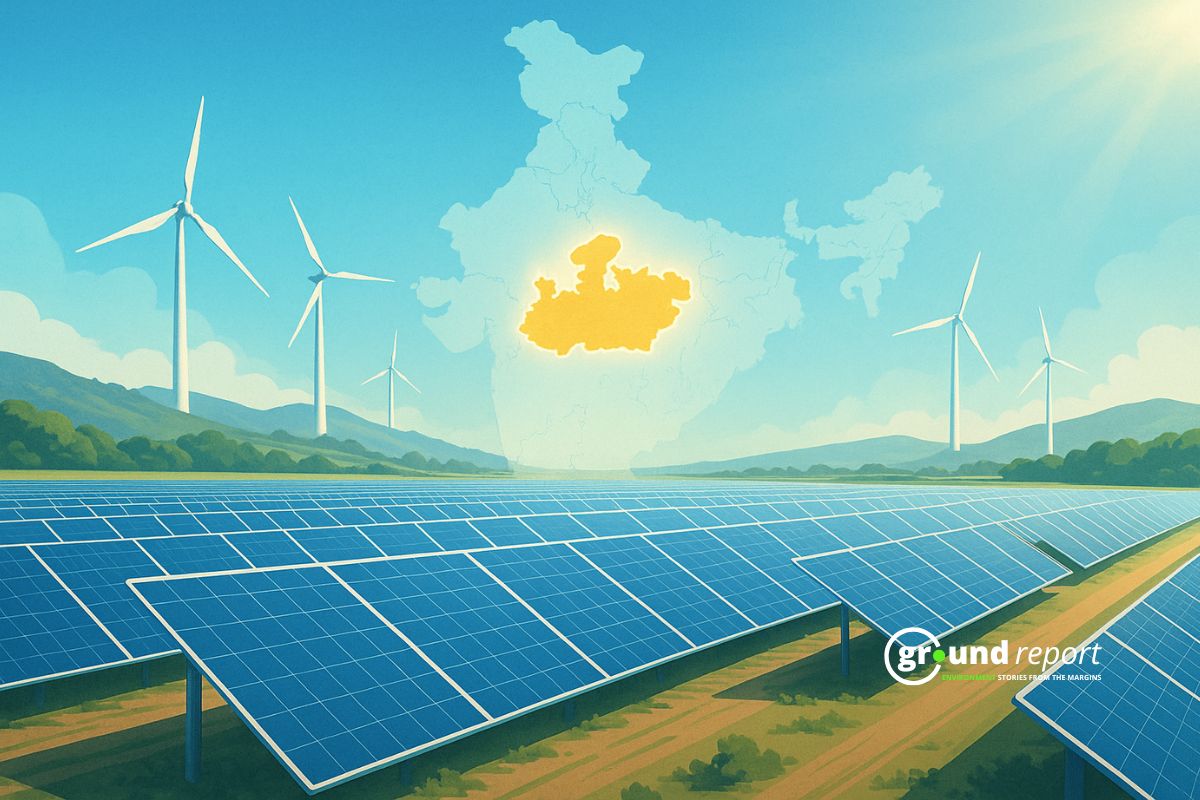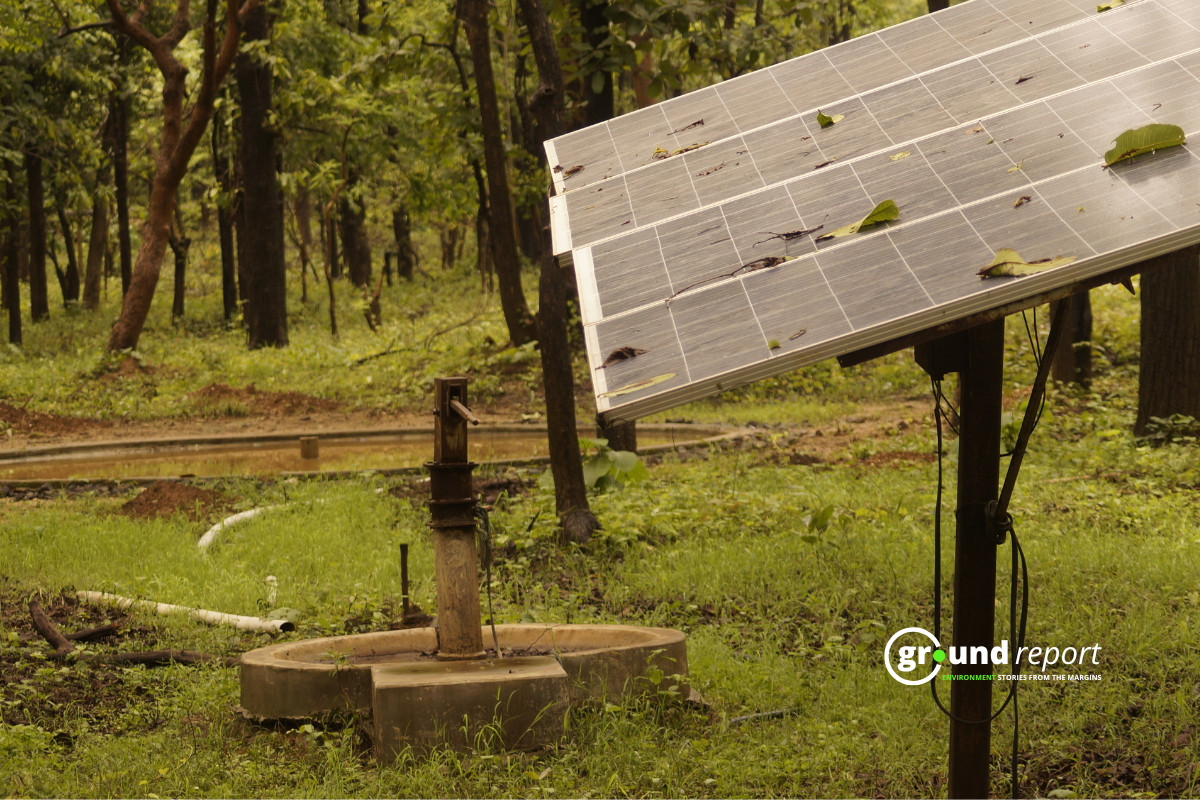A new report released today by NITI Aayog highlights that green hydrogen can substantially spur India’s industrial decarbonisation and economic growth in the coming decades.
The report was introduced by Suman Bery, Vice President of NITI Aayog and Amitabh Kant, Executive Director of NITI Aayog. Harnessing Green Hydrogen: Opportunities for Deep Decarbonization in India provides a path to accelerate the emergence of a green hydrogen economy, which is critical for India to achieve its net-zero emissions ambitions by 2070.
The report, co-authored by NITI Aayog and RMI, underlines that green hydrogen, produced by renewable energy through electrolysis of water, will be crucial to achieving the decarbonization of sectors that are more difficult to reduce, such as fertilizers, refining, methanol, shipping, steel and transportation. It further states that with the emerging global push on hydrogen, India can situate this decarbonization opportunity not only within the context of a low-carbon economy but also as an enabler of energy security and economic development for the nation.
Speaking on the occasion, Suman Bery, Vice President of NITI Aayog, said: “An important message from the report was that green hydrogen can provide a potential replacement for fossil fuels in industrial processes.” He added: “The next steps at the policy level could involve getting to the right mix between mandates/regulations and pricing instruments.”
Amitabh Kant, CEO of NITI Aayog, made a short presentation on the report. He said the report was the result of a detailed study that spanned a year. He highlighted the importance of green hydrogen from an energy security standpoint and the need to achieve size and scale to reduce the costs of green hydrogen. He commented that, with the right policies, India can emerge as the lowest cost producer and bring the price of green hydrogen down to US$1 per kg by 2030.
While hydrogen can be produced from multiple sources, India’s clear advantage in low-cost renewable electricity means that green hydrogen will emerge as the most cost-effective form. The report concludes that India’s demand for hydrogen could more than quadruple by 2050, accounting for nearly 10% of global demand. Since most of this demand could be met by green hydrogen in the long term, the cumulative value of the green hydrogen market in India could reach US$8 billion by 2030.
Highlighting the opportunity, Clay Stranger, Managing Director of RMI, said there is significant global interest in green hydrogen and that countries are in the early stages of formulating a strategy and this will ultimately decide the winners and losers of the economy. of hydrogen. The report can become a reference for policy making in India.
The report describes pathways that can capture the benefits of green hydrogen
- Short-term policy measures can reduce the current costs of green hydrogen to make it competitive with existing prices for gray hydrogen (hydrogen produced by natural gas). Medium-term price targets should be set to guide the industry towards making green hydrogen the most competitive form of hydrogen.
- The government can encourage short-term market development by identifying industry clusters and enacting funds, mandates, and associated targets for the feasibility gap.
- Opportunities around research, development and manufacturing of components such as electrolysers should be properly identified and encouraged with adequate financial mechanisms such as Production Linked Incentive (PLI) schemes to enable 25 GW of electrolyser manufacturing capacity by 2028.
- A globally competitive green hydrogen industry can lead to exports in green hydrogen and hydrogen-embedded low-carbon products like green ammonia and green steelthat can unlock 95 GW of electrolysis capacity in the nation by 2030.
Support us to keep independent environmental journalism alive in India.
Keep Reading
What is Green Hydrogen? Could it change energy in South Asia?
Blue hydrogen is worst for climate: study
How Increasing space traffic threatens ozone layer?
Hydro Fuel Market: India’s current scenario and the future ahead
Natural Gas is a Misleading term, It is not Natural and clean at all
Follow Ground Report on X, Instagram and Facebook for environmental and underreported stories from the margins. Give us feedback on our email id greport2018@gmail.com.
Don’t forget to Subscribe to our weekly newsletter, Join our community on WhatsApp, and Follow our YouTube Channel for video stories.









